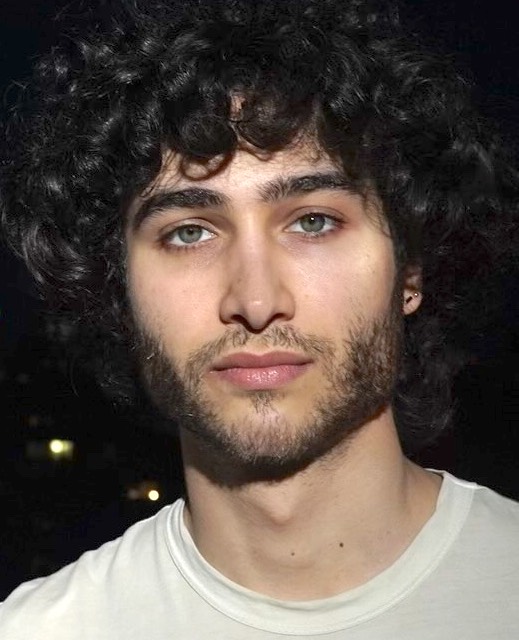At every stage in my life, I have felt fear while crossing Houston Street: as a kid when, holding my dad’s hand, I first marveled at Soho's splendor; during high school at NEST+M, when I crossed with friends at Columbia Street, and now, as an adult, as I cross with my dog at Mott Street.
The city's decision to build a protected bike lane on Houston Street from the East River to Second Avenue this spring is laudable, but the fact that the project will terminate five long blocks short of the Soho core, further west, is worrisome.
The Houston Street lane — which is being striped now — must run from the East River to its natural terminus, at Hudson River Park; meanwhile, the existing bike lane on Delancey Street must be lengthened to include its natural western extensions, to Lafayette Street.
Houston, the gateway to Soho, is a degraded, dangerous boulevard because of its six lanes of speeding trucks and cars. Delancey, another wide road and truck route, has similar problems. But it doesn’t have to be this way — on either street. Less noise, death, pollution and fear are within our reach if we choose to hold local officials to account — to abide by the mandate set by the Streets Master Plan and extend the bike network as fully as possible. The Department of Transportation, which first presented the Houston Street bike lane to Community Board 3 two years ago, should work to extend both it and the Delancey Street lane into CB 2 immediately.
We must meet our moment of climate emergency and the failure of Vision Zero with physical infrastructure. Nothing less will solve the problems our leaders claim to care about. No ad campaign or enforcement blitz will make up the difference.
One redundant lane of traffic after another produces a daily hell for anyone who decides to work from home near Houston Street, our very own backyard freeway. Anyone crossing it needs to muster their full attention in order to avoid being killed.
There are no less than 37 schools and senior centers within the four blocks north and south of Houston — and that's not even counting all the facilities on Delancey. Kids are being educated in an environment that is fundamentally unsafe and holistically harmful for their development — even as we have a way to solve these issues by calming traffic. Seniors see their mobility limited and their air poisoned. The fact that we can do things differently, and choose not to do so, is reckless and sad.
Why do we insist that death must be a necessary feature of going outside in New York City? Lane after lane of space wasted on traffic is fundamentally a choice that death and the fear of death should remain a feature of our built environment.
Work has begun on protected #BikeNYC lanes on E Houston St (FDR Dr to 2nd Ave) in #Manhattan. This work will:
— NYC DOT (@NYC_DOT) April 1, 2022
🚴♂️ Install Protected Bike Lanes
🚶♀️ Add Pedestrian Space
🚗 Organize and Calm Traffic
🚦 Improve Signal Timing pic.twitter.com/D4RqG3dq9U
Those deaths are not theoretical. Last year we lost a delivery worker, Borkot Ullah, on Houston Street, partly as the result of an unnecessary, high-speed police chase. At 24-years old, Ullah was a delivery worker and worker-advocate fighting for his slice of the New York dream. And earlier this month, NYU student Raife Milligan was killed by a drunk driver on the part of Houston where the bike lane might have saved his life.
Growing up, all I wanted was to live in Soho. That, to me, was making it.
Worse than wasted space, Houston Street’s failed design — six car lanes plus two more for private car storage — in the center of the Lower East Side makes all our lives that more hellish, not just those of vulnerable road-users. It might take living near Houston to see exactly how, but make no mistake, its centrality ensures that the malign effects ripple far and wide.
Jake Oren Mansoor is a producer and multimedia artist born and raised in New York City. He studied political science at the University of Chicago. Find him on Instagram @jakeorenmansoor.







